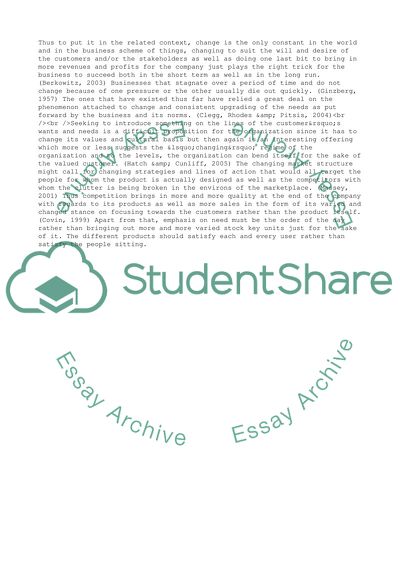Cite this document
(The Dominant Method of Management Control Assignment, n.d.)
The Dominant Method of Management Control Assignment. https://studentshare.org/management/1712678-management-people-and-organizations-mba
The Dominant Method of Management Control Assignment. https://studentshare.org/management/1712678-management-people-and-organizations-mba
(The Dominant Method of Management Control Assignment)
The Dominant Method of Management Control Assignment. https://studentshare.org/management/1712678-management-people-and-organizations-mba.
The Dominant Method of Management Control Assignment. https://studentshare.org/management/1712678-management-people-and-organizations-mba.
“The Dominant Method of Management Control Assignment”. https://studentshare.org/management/1712678-management-people-and-organizations-mba.


